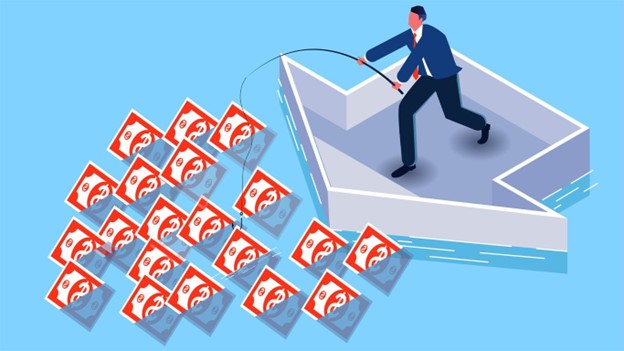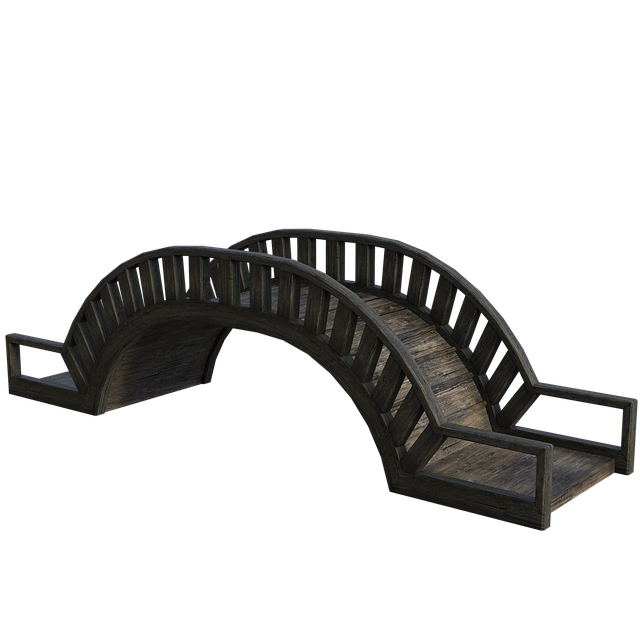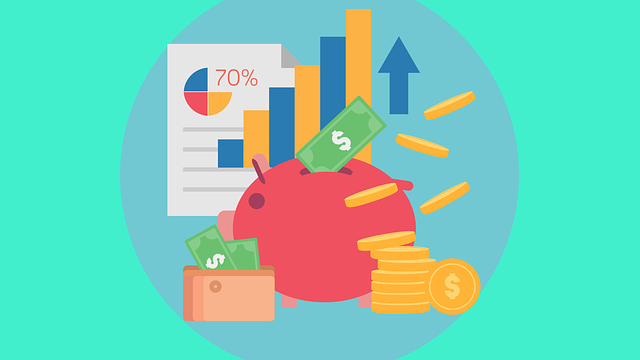Nearly all businesses require some type of equipment to produce and sell their goods or services. Unfortunately, the high cost of equipment may prevent businesses from buying their equipment outright. But there are other ways to secure equipment for your business without purchasing it, including the use of an operating lease.
What Is an Operating Lease?
 How an Operating Lease Works
How an Operating Lease Works
An operating lease is an agreement in which you make regular payments to a lessor to use the lessor’s equipment. It’s a type of short-term lease, with most operating leases having a term of just one year or less. During this term, you must make regular payments to continue using the leased equipment.
The defining characteristic of operating leases lies in ownership. With an operating lease, the lessor retains ownership of the leased equipment — you simply pay to use the lessor’s equipment. You can lease an operating lease to secure just about any type of equipment. Regardless, though, it requires to make regular payments to the lessor to use the leased equipment for a fixed period.
Benefits of Using an Operating Lease
Using an operating lease to secure equipment for your business offers several benefits. First, it allows you to easily secure equipment for your business without purchasing it, which could otherwise cost thousands of dollars or tens of thousands of dollars. Rather than purchasing the equipment, you make payments on the operating lease to use it.
Second, using an operating lease can result in lower liabilities reported on your business’s balance sheet. When you finance equipment through an operating lease, you’ll only report the lease payments made on your balance sheet. If you purchase equipment outright, on the other hand, you must record the equipment’s purchase price, which is typically much more than the total amount of your lease payments.
Operating Lease vs Capital Lease: What’s the Difference
 Operating leases are often confused with capital leases, but they aren’t necessarily the same. Both methods involve making payments to a lessor to use the equipment. The difference, however, is that a capital lease transfers ownership of the leased equipment to the lessee. Depending on how a capital lease is structured, ownership of the equipment may automatically transfer to the lessee at the end of the lease’s term, or the lessee may have the option of purchasing the leased equipment at the end of the term.
Operating leases are often confused with capital leases, but they aren’t necessarily the same. Both methods involve making payments to a lessor to use the equipment. The difference, however, is that a capital lease transfers ownership of the leased equipment to the lessee. Depending on how a capital lease is structured, ownership of the equipment may automatically transfer to the lessee at the end of the lease’s term, or the lessee may have the option of purchasing the leased equipment at the end of the term.
This article was brought to you by�Intrepid Private Capital�Group�� A Global Financial Services Company. For more information on startup and business funding, or to complete a funding application, please visit our�website.









+ There are no comments
Add yours